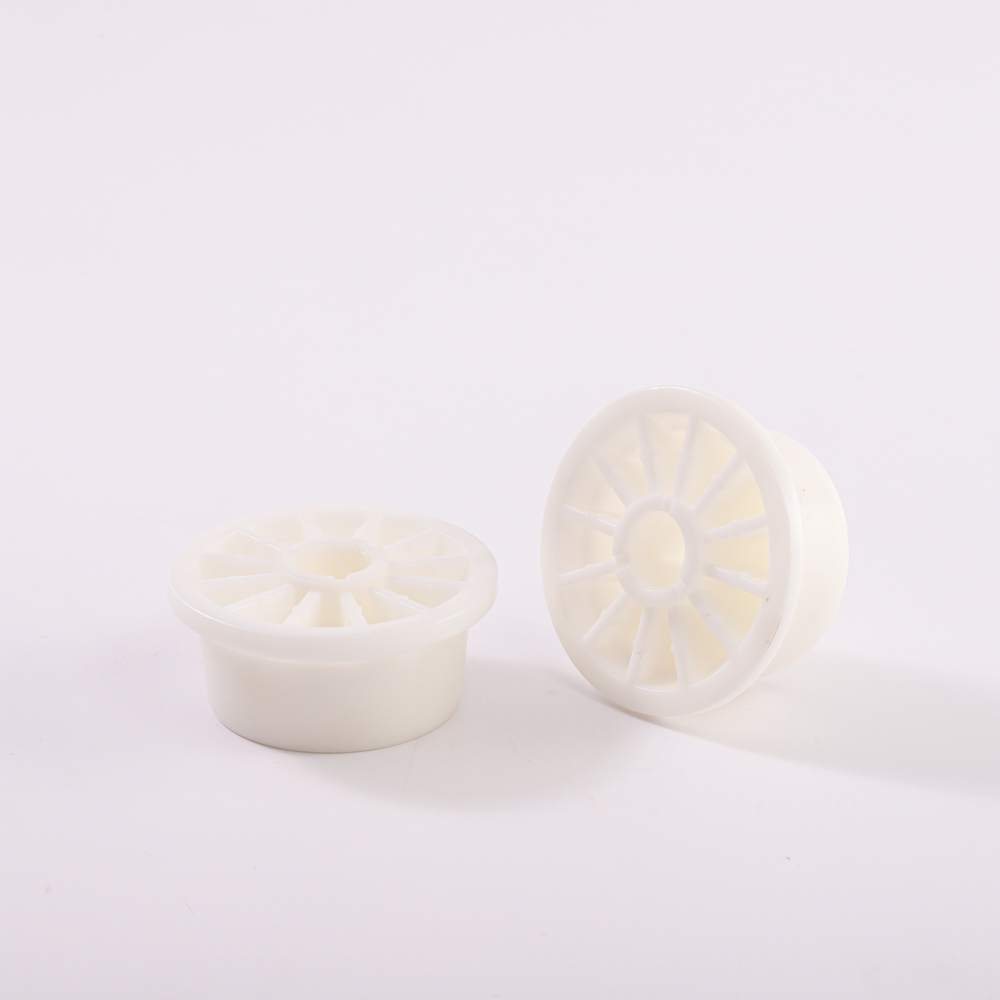In the next two years, China will still be the engine driving demand growth and continue to import chemical products from other Asian countries and the Middle East. In 2004, China's imports of vinyl alcohol, refined terephthalic acid and polypropylene increased by 35%, 26% and 7%, respectively. In the next two years, a large number of chemical plants will be built in China and the Middle East. Market analysts predict that the rapidly growing market demand is sufficient to absorb these new production capabilities.
The arrival time and cycle of the next peak of the petrochemical industry will depend on the specific production time of China’s world-class petrochemical complex and Iran’s large-scale petrochemical complex built for export. The delay of each project will make the peak of the current Asian market stronger than forecast. In the next 12 months, China will have three petrochemical complexes that have invested billions of dollars in joint ventures to start production. BP and Sinopec's 900,000-ton/year ethylene plant in Shanghai was completed and put into operation by the end of the first quarter of this year; a 600,000-ton/year ethylene plant jointly established by BASF and Sinopec in Nanjing will be completed and put into operation in the middle of this year; The 800,000-ton/year ethylene complex jointly invested by Shell Petroleum and CNOOC in Guangdong Daya Bay will also be completed and put into operation by the end of this year. After the completion of the three ethylene complexes, China’s ethylene production capacity will increase from the current 6.8 million tons/year to 9.5 million tons/year in 2006, which will cause major changes in the pattern of petrochemicals in Asia, and the development of China's petrochemical industry. It will also play a great role in promoting.
In addition, three large-scale petrochemical complexes built by Iran will also be completed, but the exact date of commissioning of the factory is still difficult to determine. The 1.1 million-ton/year Mellon petrochemical cracker built by Iranian National Petroleum Company (NPC) will be put into operation in the second and third quarters of this year. The 1 million tons/year Arya Sasol pyrolysis plant jointly invested by Iran International Oil Company and South Africa’s Sasol Company and the 1.4 million tons/year Jam Petrochemical cracking plant wholly owned by Iran’s National Petroleum Company will also be completed and put into operation next year. .
The above-mentioned additional petrochemical production capacity, together with the 1.2 million tonne/year pyrolysis plant constructed by Formosa Petrochemical in Maicon, Taiwan, China, will be completed by the end of 2006, implying that this cycle of Asia-Pacific chemical industry is likely to reach its peak next year. Analysts predict that the peak time may come from 2005 to 2007. In the next 10 years, the per capita consumption of ethylene in China will increase at an average annual rate of 8% per year, while the per capita consumption of ethylene in other Asian countries will also increase at an average annual rate of 4.6% per year. These will effectively absorb the world's New ethylene capacity.
In the period from 2006 to 2008, no large ethylene complex plant was put into operation in the world. Market analysts believe that if this robust development momentum can be maintained for the next year or the next year, the Asia Pacific chemical industry's prosperity cycle will be greatly extended.
There are many methods of plastic molding. Injection molding is one of them. Injection molding is also called injection molding, which is called injection molding for short. It is a main molding method of thermoplastic. Because it has the advantages of wide application, short forming cycle, high production efficiency, good production conditions, easy mechanization and automation, it plays an important role in the whole plastic forming process.Injection molding refers to injecting granular or powdery plastic from the hopper of the injection machine into the high-temperature barrel, heating, melting and plasticizing to make it a flowing melt, and then under the high pressure of the plunger or screw of the injection machine, it passes through the nozzle at a large flow rate and is injected into the mold cavity. After a period of pressure maintaining, cooling and shaping, When the mold is opened, the Plastic Parts with certain shape and size can be detached from the mold cavity. In this way, the time required to complete an injection cycle can range from a few seconds to tens of seconds, which mainly depends on the size and thickness of the workpiece.
Plastic Injection Components,Plastic Injection Molding Components,Plastic Injection Molding Mach,High Pressure Custom Plastic Injection Molding
Suzhou Dongye Precision Molding Co.,Ltd. , https://www.dongyeinjectionmolding.com